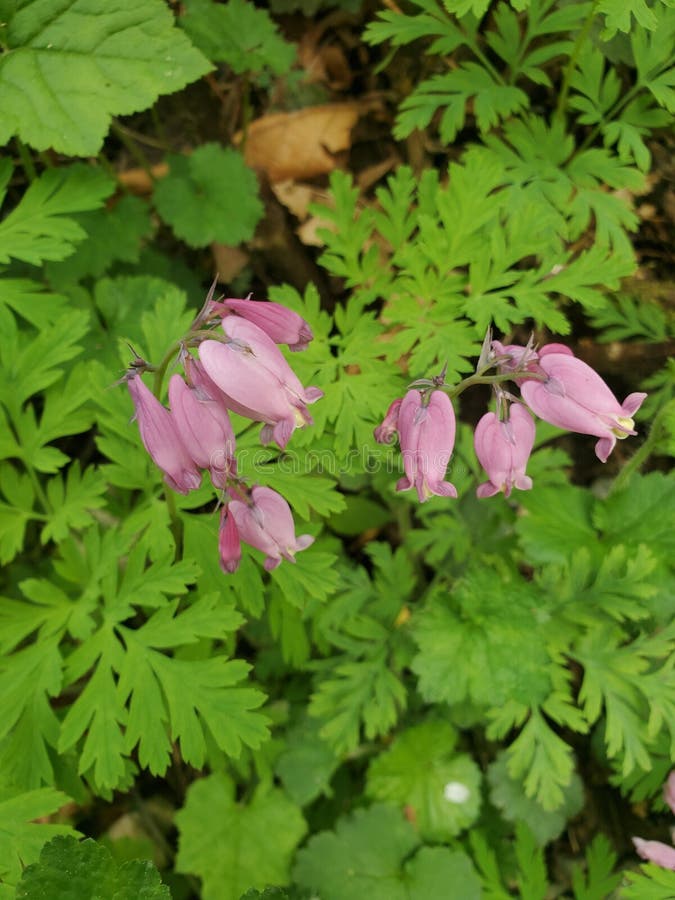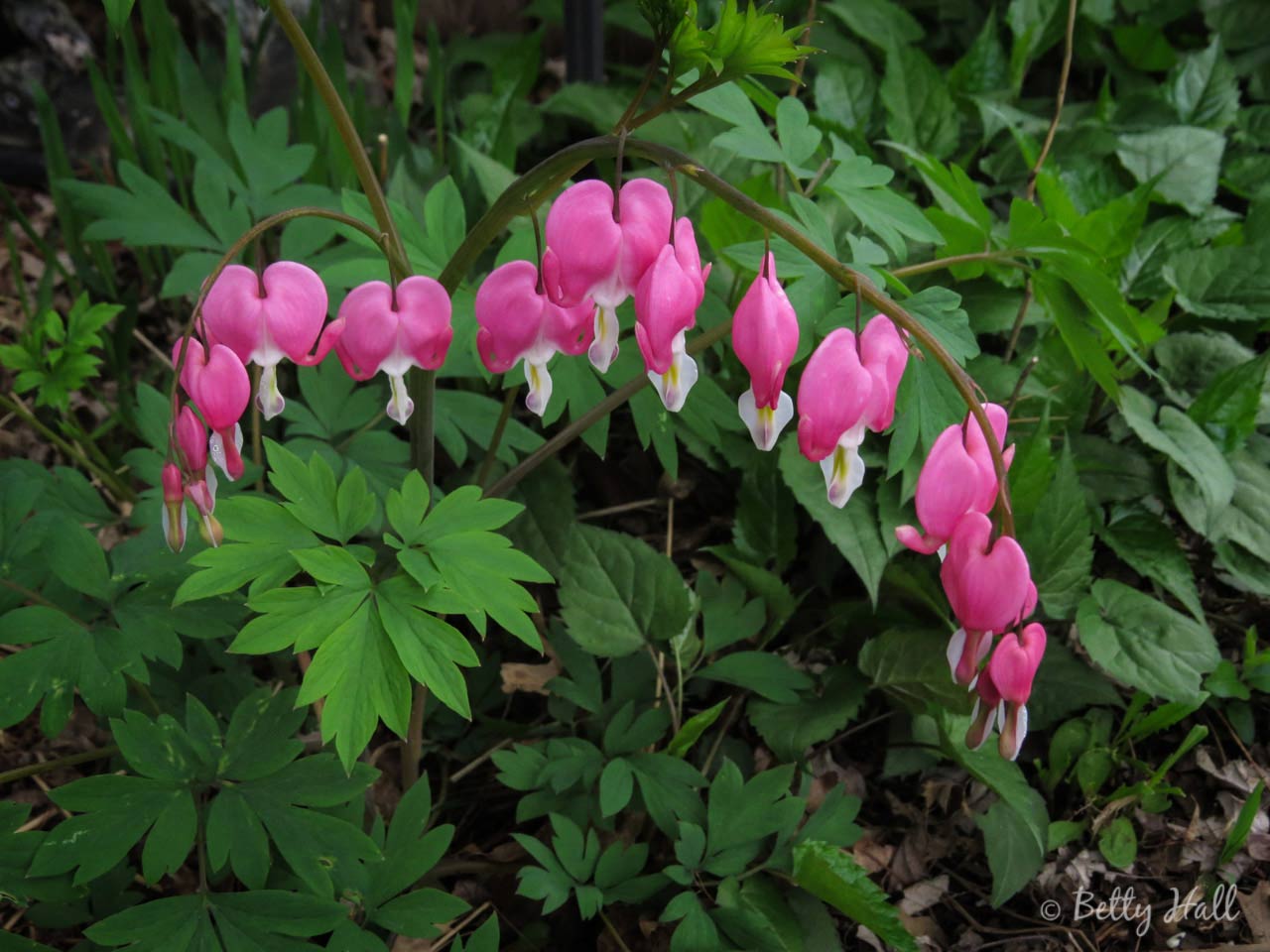
When working with old trees it's important to get advice from an arborist who understands their value and won't be in too much of a hurry to make drastic changes. Dead branches and other litter (which is not necessarily a sign of disease-healthy trees drop litter too), if left to decompose naturally, are also important for ecosystem health. Holes in dead and dying trees are vital nesting spots for many birds and small mammals. Old, diseased trees, and the dead trees they eventually turn into, play just as important a role in an ecosystem as the young, healthy ones do-even more important because, thanks to the misguided practices of the past, dead and dying trees have become so rare. What should I do? From Mary Answer: Dear Mary, old is not ugly, dying is not bad, and dead is part of the natural order. It is a dear tree, and I don't want it to come to fatal harm. I know the infected wood will have to go, at least that is what I'm told, but a considerable amount of tree must be removed in the process. I don't know quite what to do with it, as every windstorm drops branches, bark and other parts down on the yard below. Question: I have a neat old elm tree in the front yard which is sorely afflicted with mistletoe. If you like what you find here, please consider joining the site as a member or adding it to your “follow” list. This site is a labor of love and, alas, like so many labors of love it often has to take a back seat to labors of lucre.

The blog will probably be most useful to people living in areas where I have some practical experience, namely the band of states and provinces that are on either side of the United States-Canada border.īeing self-employed, I go through spells when I’m self- unemployed and am able to post frequently, and spells when I’m involved in a project and not able to post. In this blog, I try to combine my gardening experiences with journalism-type research to come up with items that I hope will be useful to you, the gardener who wants to be kind to wildlife.

For a long (sorry) but (I think) funny essay about this experience, please click here. Most of my life has been spent as a journalist and editor, but after moving to Seattle I took a detour and ended up designing and installing wildlife-friendly gardens. I’ve lived and gardened in Chicago and the Seattle area, and now I live on 250 acres in eastern Canada.


 0 kommentar(er)
0 kommentar(er)
